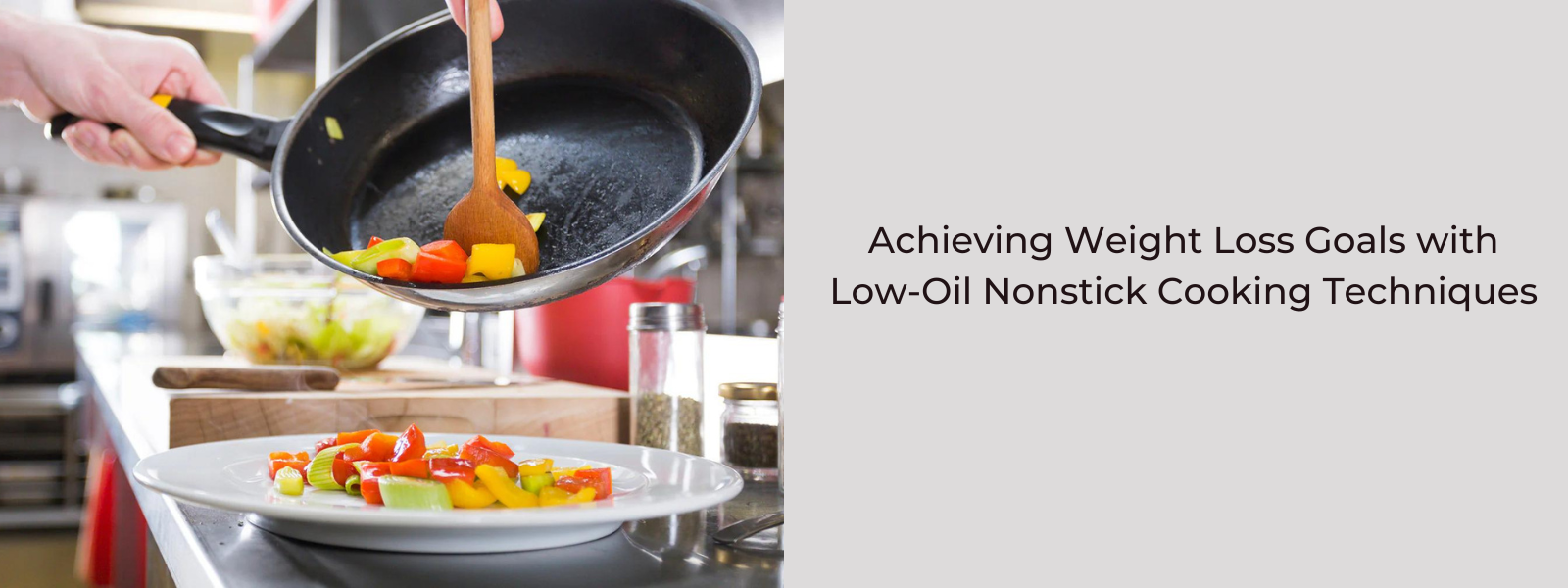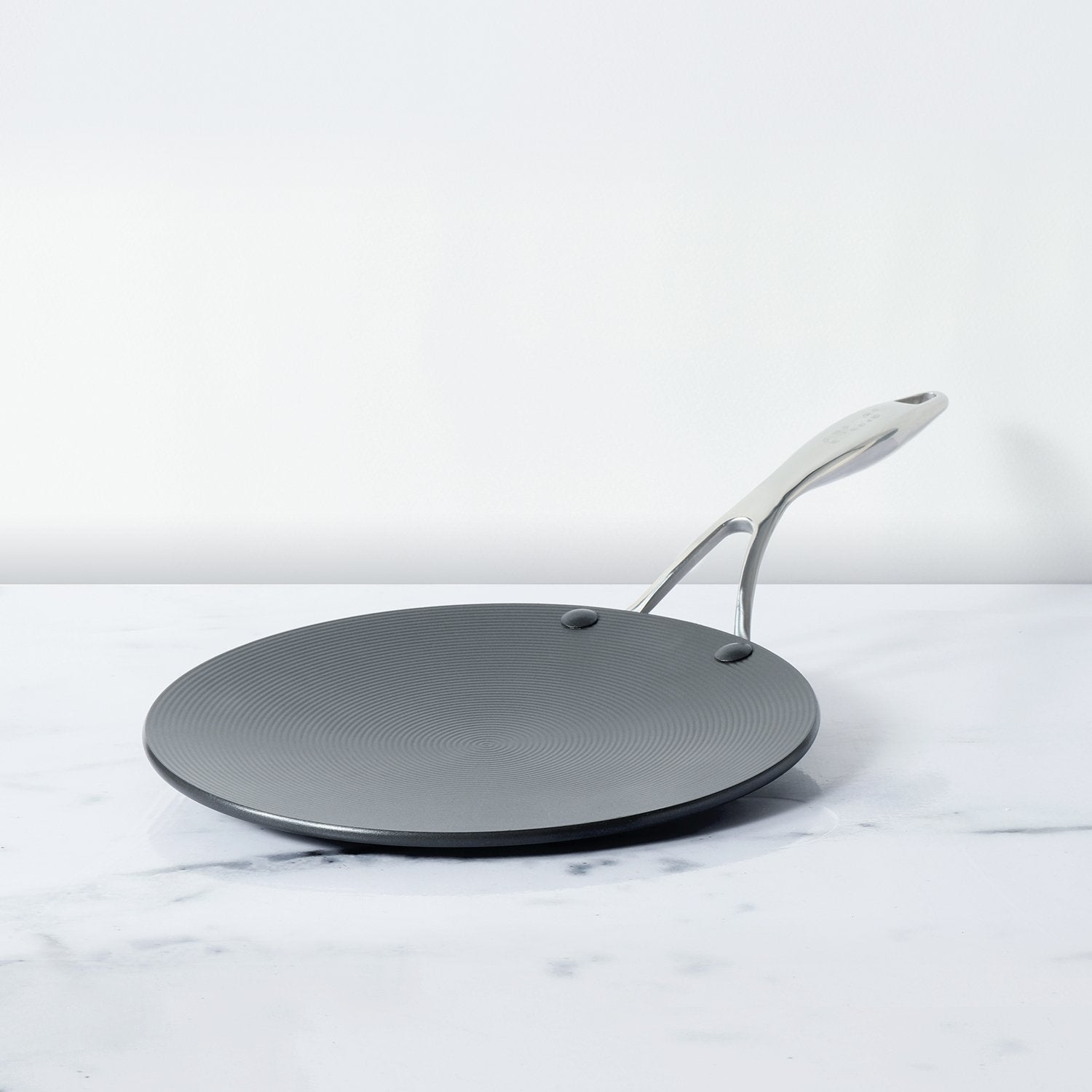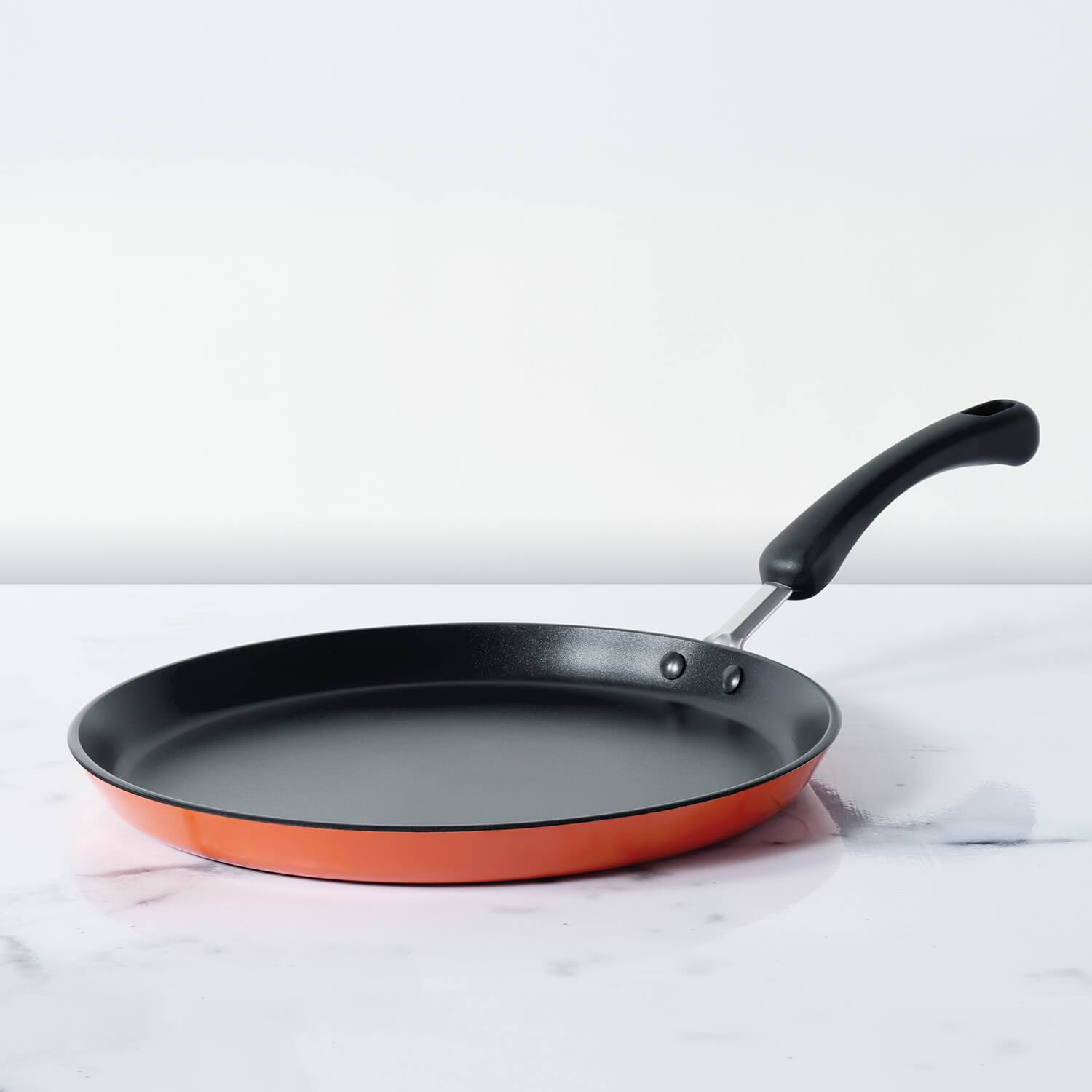Enhancing healthier cooking habits with nonstick cookware offers numerous benefits for individuals striving to improve their well-being. Nonstick cookware facilitates cooking with minimal oil or fats, allowing for lighter, lower-calorie meals without sacrificing flavor or texture. By reducing the need for excessive oil, nonstick surfaces promote heart-healthier cooking methods, such as grilling, roasting, and sautéing, which help retain the natural flavors and nutrients of ingredients. Additionally, nonstick cookware's effortless food release and easy cleanup encourage the preparation of homemade meals, minimizing reliance on processed or pre-packaged foods often laden with unhealthy fats, sodium, and additives. With its ability to support lighter cooking practices and simplify meal preparation, nonstick cookware serves as a valuable tool for individuals looking to adopt sustainable, long-term healthy eating habits and promote overall wellness.
Table of Contents
- 1. How Can NonStick Cookware Contribute To Healthier Cooking Habits?
- 2. What Are Some Healthy Cooking Habits With Nonstick Cookware?
- 3. Are Nonstick Cookware Better Than Other Cookware?
- 4. Healthy Cooking Habits For Maintaining Good Weight And Overall Health:
- 5. Enhancing Healthier Cooking Habits with Meyer Nonstick Cookware:
How Can NonStick Cookware Contribute To Healthier Cooking Habits?
Enhancing healthier cooking habits with nonstick cookware involves leveraging its unique features to create nutritious and delicious meals while minimizing the use of oil and fats. Here are several ways nonstick cookware contributes to healthier cooking habits:
- Reduced Oil Usage: Nonstick surfaces allow for cooking with minimal oil or fats, significantly reducing the overall fat content of meals. By using less oil, individuals can cut down on unnecessary calories and unhealthy fats, promoting weight management and heart health.
- Healthier Cooking Methods: Nonstick cookware enables healthier cooking methods such as sautéing, stir-frying, and searing with less oil. These methods help preserve the natural flavors and nutrients of ingredients while minimizing the formation of harmful compounds that can occur with high-heat cooking.
- Less Processing and Preservatives: Cooking with nonstick cookware encourages the preparation of homemade meals from scratch, reducing reliance on processed or pre-packaged foods. Homemade meals are typically lower in sodium, additives, and unhealthy fats, contributing to overall better nutrition.
- Effortless Cleanup: Nonstick cookware's smooth surfaces ensure easy food release and cleanup, making it more convenient to cook at home. With less time spent scrubbing pots and pans, individuals are more likely to cook meals from fresh, whole ingredients, further promoting healthier eating habits.
- Versatility and Creativity: Nonstick cookware's versatility allows for a wide range of cooking techniques and recipes, empowering individuals to get creative in the kitchen. From hearty stir-fries to light and fluffy omelets, nonstick cookware enables the preparation of a variety of nutritious meals with minimal fuss.
- Portion Control: With nonstick cookware, it's easier to cook smaller portions without food sticking to the pan, encouraging portion control and mindful eating habits. By serving appropriately sized meals, individuals can better manage their calorie intake and support weight loss or weight maintenance goals.
- Healthier Ingredients: Cooking with nonstick cookware often involves using fresher, whole ingredients such as fruits, vegetables, lean proteins, and whole grains. These nutrient-rich foods provide essential vitamins, minerals, fiber, and antioxidants, contributing to overall better health and well-being.
What Are Some Healthy Cooking Habits With Nonstick Cookware?
Healthy cooking habits with nonstick cookware involve utilizing its features to create nutritious meals while minimizing the use of added fats and oils. Here are some healthy cooking habits to adopt:
- Use Minimal Oil: Nonstick surfaces allow for cooking with less oil or cooking spray. Use a small amount of oil or cooking spray to lightly coat the pan's surface, or try cooking techniques that require no added oil, such as dry sautéing or using broth or water for moisture.
- Choose Healthier Fats: When using oil, opt for healthier options like olive oil, avocado oil, or coconut oil. These oils are rich in heart-healthy monounsaturated or polyunsaturated fats and can add flavor to your dishes without compromising health.
- Preheat Properly: Preheat your nonstick cookware properly before adding ingredients. This ensures even cooking and prevents food from sticking to the pan.
- Cook at Lower Temperatures: Nonstick cookware is designed to distribute heat evenly, allowing you to cook at lower temperatures. Avoid high heat settings, as excessive heat can degrade the nonstick coating and release harmful fumes.
- Use Healthy Cooking Methods: Experiment with healthier cooking methods such as baking, grilling, steaming, or broiling. These methods require minimal or no added fat and help retain the natural flavors and nutrients of ingredients.
- Add Flavor with Herbs and Spices: Enhance the flavor of your dishes with herbs, spices, citrus zest, vinegar, or low-sodium sauces and marinades instead of relying solely on added fats.
- Opt for Lean Proteins and Whole Grains: Choose lean proteins like poultry, fish, tofu, or legumes, and incorporate whole grains like quinoa, brown rice, or whole wheat pasta into your meals. These nutrient-rich foods provide essential nutrients and promote satiety.
- Include Plenty of Vegetables: Load up your meals with a variety of colorful vegetables, which are naturally low in fat and calories but high in fiber, vitamins, and minerals. Nonstick cookware makes it easy to stir-fry or sauté vegetables with minimal oil.
- Practice Portion Control: Be mindful of portion sizes to avoid overeating. Use smaller plates and bowls, and fill half your plate with vegetables, a quarter with lean protein, and a quarter with whole grains or starchy vegetables.
- Clean Carefully: Handle nonstick cookware with care to preserve its nonstick properties. Avoid using metal utensils that can scratch the surface, and wash the cookware by hand with mild dish soap and a soft sponge to prevent damage to the coating.
Are Nonstick Cookware Better Than Other Cookware?
Nonstick cookware offers several advantages over other types of cookware when it comes to promoting healthy cooking habits:
- Less Oil Usage: Nonstick surfaces require minimal oil or fats for cooking, making it easier to prepare healthier meals with reduced fat content. This is particularly beneficial for individuals looking to manage their calorie intake and support weight loss or weight maintenance goals.
- Healthier Cooking Methods: Nonstick cookware enables healthier cooking methods such as sautéing, stir-frying, and grilling with less oil. These methods help preserve the natural flavors and nutrients of ingredients while minimizing the formation of harmful compounds that can occur with high-heat cooking.
- Reduced Fat Absorption: Nonstick surfaces prevent food from sticking to the pan, reducing the need for excessive oil or fats during cooking. This results in less fat absorption by the food, leading to lighter, lower-calorie meals that are better for heart health and overall well-being.
- Effortless Cleanup: Nonstick cookware's smooth surfaces ensure easy food release and cleanup, making it more convenient to cook at home. With less time spent scrubbing pots and pans, individuals are more likely to cook meals from fresh, whole ingredients, further promoting healthier eating habits.
- Versatility: Nonstick cookware is available in a variety of shapes and sizes, suitable for a wide range of cooking techniques and recipes. From searing and frying to baking and roasting, nonstick cookware can handle a multitude of cooking tasks, allowing for greater culinary creativity and variety in meal preparation.
Healthy Cooking Habits For Maintaining Good Weight And Overall Health:
Adopting healthy cooking habits can play a crucial role in maintaining good weight and overall health. Here's how:
- Balanced Nutrition: Healthy cooking habits involve preparing meals that are rich in essential nutrients such as vitamins, minerals, fiber, and antioxidants. By focusing on nutrient-dense foods like fruits, vegetables, lean proteins, whole grains, and healthy fats, individuals can ensure they are meeting their nutritional needs without excessive calories.
- Portion Control: Healthy cooking encourages portion control by emphasizing appropriate serving sizes and mindful eating practices. By being mindful of portion sizes and listening to hunger cues, individuals can avoid overeating and maintain a healthy weight.
- Reduced Caloric Intake: Healthy cooking methods often involve using less oil, fats, and added sugars, which can significantly reduce the calorie content of meals. By choosing healthier cooking techniques like baking, grilling, steaming, or sautéing with minimal oil, individuals can lower their overall caloric intake while still enjoying flavorful and satisfying meals.
- Weight Management: Healthy cooking habits support weight management efforts by promoting the consumption of nutrient-rich, whole foods that are naturally lower in calories and higher in fiber. By incorporating plenty of fruits, vegetables, and lean proteins into their diets, individuals can feel fuller for longer and are less likely to overeat or indulge in unhealthy snacks.
- Improved Health Markers: Adopting healthy cooking habits can lead to improvements in various health markers, including blood pressure, cholesterol levels, blood sugar levels, and overall cardiovascular health. By choosing nutritious foods and cooking methods that support heart health and overall well-being, individuals can reduce their risk of chronic diseases and maintain optimal health.
Enhancing Healthier Cooking Habits with Meyer Nonstick Cookware:
Enhancing healthier cooking habits with Meyer nonstick cookware is effortless and rewarding. Meyer's innovative nonstick surfaces require minimal oil or fats, allowing for lighter and more nutritious meals without compromising on flavor. With superior food release properties and easy cleanup, Meyer cookware encourages the use of fresh, whole ingredients and promotes the adoption of healthier cooking methods such as sautéing, stir-frying, and searing with minimal oil. Versatile and durable, Meyer cookware empowers individuals to experiment with a variety of recipes and cooking techniques, while its even heat distribution ensures consistent results and delicious meals every time. By embracing Meyer nonstick cookware in the kitchen, individuals can create wholesome and satisfying dishes that support their health and well-being, making healthier cooking habits a natural and enjoyable part of their lifestyle.











Leave a comment